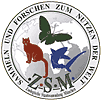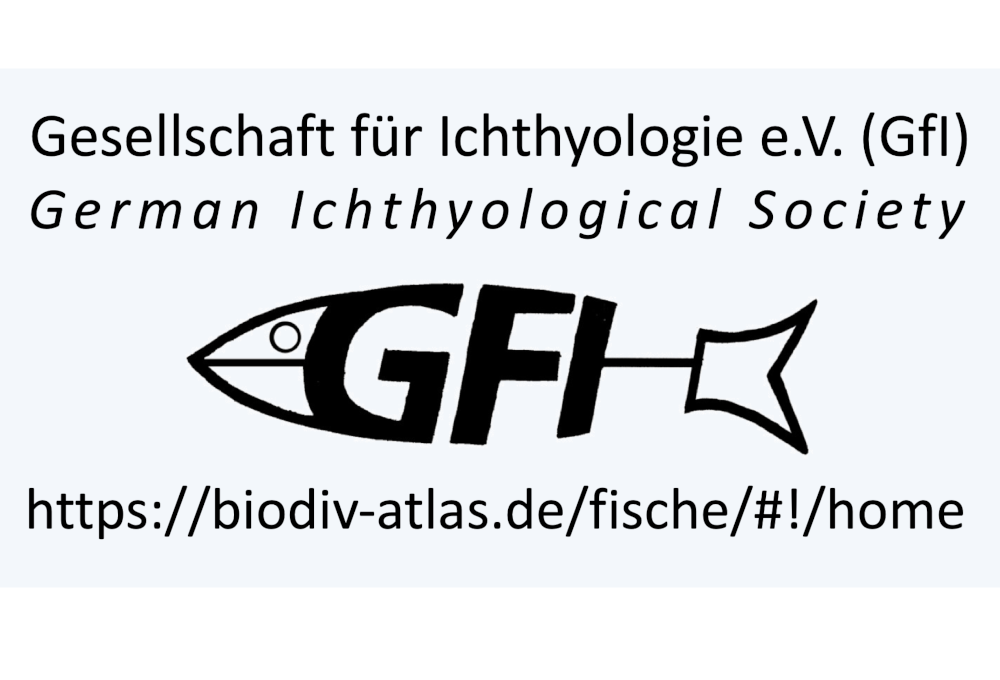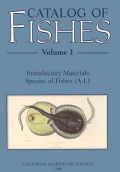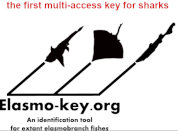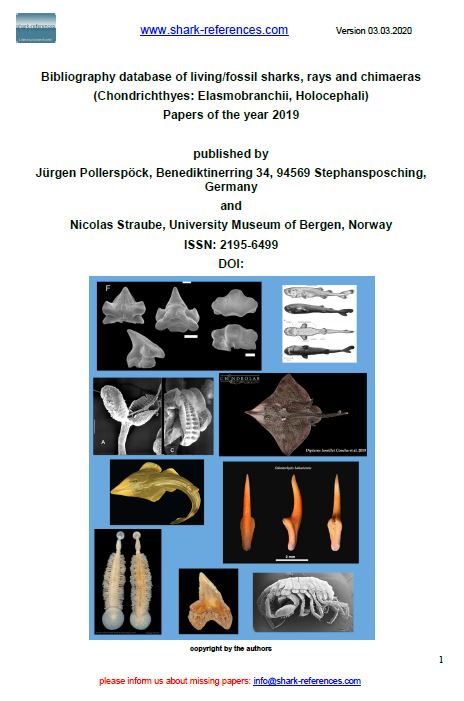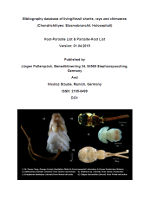
First record of scoliosis in a free-swimming scalloped hammerhead shark (Sphyrna lewini) in the Galápagos Islands. Environmental Biology of Fishes, 108(6), 987–993
DOI: 10.1007/s10641-025-01698-4
Economic impact and conservation potential of shark-diving tourism in the Azores Islands. Marine Policy, 135, Article 104869
DOI: 10.1016/j.marpol.2021.104869

Challenges and conservation potential of shark-diving tourism in the Macaronesian archipelagos. Marine Policy, 131, Article 104632
DOI: 10.1016/j.marpol.2021.104632

Shark-diving tourism as a financing mechanism for shark conservation strategies in Malaysia. Marine Policy, 94, 220–226
DOI: 10.1016/j.marpol.2018.05.008

Rethinking use and trade of pelagic sharks from Brazil. Marine Policy, 85, 114–122
DOI: 10.1016/j.marpol.2017.08.016

The economic value of shark-diving tourism in Australia. Reviews in Fish Biology and Fisheries, 27(3), 665-680
DOI: 10.1007/s11160-017-9486-x

Indicators of fishing mortality on reef-shark populations in the world’s first shark sanctuary: the need for surveillance and enforcement. Coral Reefs, 35, 973
DOI: 10.1007/s00338-016-1437-9

Biological effects, conservation potential, and research priorities of shark diving tourism. Biological Conservation, 184, 365–379
DOI: 10.1016/j.biocon.2015.02.007
Acoustic Telemetry Validates a Citizen Science Approach for Monitoring Sharks on Coral Reefs. PLoS ONE, 9(4), Article e95565
DOI: 10.1371/journal.pone.0095565

Safe haven? A first assessment of reef shark populations in the Palauan shark sanctuary [Abstract]. In Programm and Abstracts of Shark International, Durban 2014: 178
Environmental Influences on Patterns of Vertical Movement and Site Fidelity of Grey Reef Sharks (Carcharhinus amblyrhynchos) at Aggregation Sites. PLoS ONE, 8(4), Article e60331
DOI: 10.1371/journal.pone.0060331

Socio-economic value and community benefits from shark-diving tourism in Palau: A sustainable use of reef shark populations. Biological Conservation, 145(1), 267–277
DOI: 10.1016/j.biocon.2011.11.022

Corrigendum to ‘Socio-economic value and community benefits from shark-diving tourism in Palau: A sustainable use of reef shark populations' [Biological Conservation 145 (2012) 267–277]. Biological Conservation, 156, 147
DOI: 10.1016/j.biocon.2012.11.010
The socio-economic value of the shark-diving industry in Fiji. Australian Institute of Marine Science. University of Western Australia. Perth: 26pp

Distribution and abundance of the Lesser electric ray Narcine brasiliensis (Olfers, 1831) (Elasmobranchii: Narcinidae) in southern Brazil in relation to environmental factors. Brazilian Journal of Oceanography, 57(2), 105–112
DOI: 10.1590/S1679-87592009000200003
